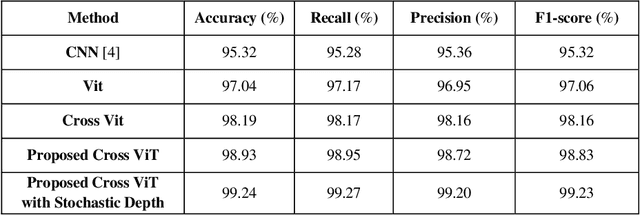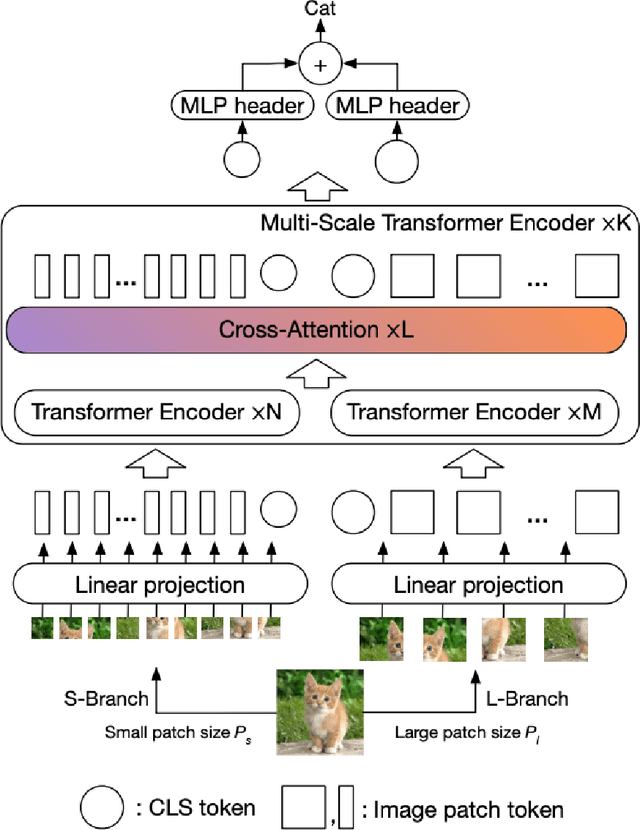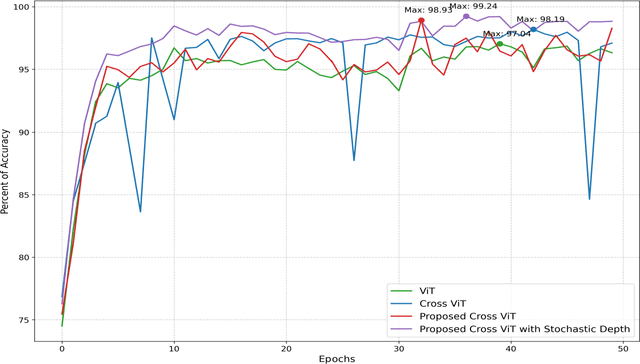Alireza Golkarieh
Enhanced Fault Detection and Cause Identification Using Integrated Attention Mechanism
Jul 31, 2024



Abstract:This study introduces a novel methodology for fault detection and cause identification within the Tennessee Eastman Process (TEP) by integrating a Bidirectional Long Short-Term Memory (BiLSTM) neural network with an Integrated Attention Mechanism (IAM). The IAM combines the strengths of scaled dot product attention, residual attention, and dynamic attention to capture intricate patterns and dependencies crucial for TEP fault detection. Initially, the attention mechanism extracts important features from the input data, enhancing the model's interpretability and relevance. The BiLSTM network processes these features bidirectionally to capture long-range dependencies, and the IAM further refines the output, leading to improved fault detection results. Simulation results demonstrate the efficacy of this approach, showcasing superior performance in accuracy, false alarm rate, and misclassification rate compared to existing methods. This methodology provides a robust and interpretable solution for fault detection and diagnosis in the TEP, highlighting its potential for industrial applications.
Brain Tumor Classification using Vision Transformer with Selective Cross-Attention Mechanism and Feature Calibration
Jun 25, 2024



Abstract:Brain tumor classification is a challenging task in medical image analysis. In this paper, we propose a novel approach to brain tumor classification using a vision transformer with a novel cross-attention mechanism. Our approach leverages the strengths of transformers in modeling long-range dependencies and multi-scale feature fusion. We introduce two new mechanisms to improve the performance of the cross-attention fusion module: Feature Calibration Mechanism (FCM) and Selective Cross-Attention (SCA). FCM calibrates the features from different branches to make them more compatible, while SCA selectively attends to the most informative features. Our experiments demonstrate that the proposed approach outperforms other state-of-the-art methods in brain tumor classification, achieving improved accuracy and efficiency. The proposed FCM and SCA mechanisms can be easily integrated into other vision transformer architectures, making them a promising direction for future research in medical image analysis. Experimental results confirm that our approach surpasses existing methods, achieving state-of-the-art performance in brain tumor classification tasks.
 Add to Chrome
Add to Chrome Add to Firefox
Add to Firefox Add to Edge
Add to Edge